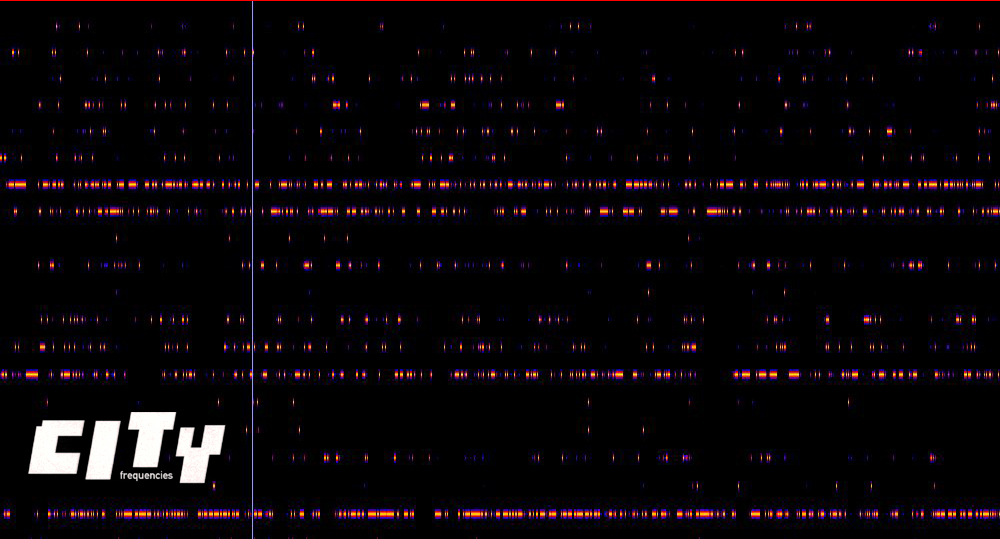We will be releasing a CD of this material, structured as an audio journey through the domain of the modern metropolitan sound environment. Two record labels have already expressed an interest in releasing this work. Both these labels have recently signed distribution deals with a major Australian distributor and have potential overseas distribution deals currently in negotiation.
Secondly, we will be constructing a sound installation for the 2000 Next Wave Festival. This will be a live and improvised event where we shall set up a room or venue in which a sound environment can be constructed using the material we have collected and worked upon. For this live event we plan to collaborate with visual artists, principally photographers, who will build a visual dimension in the form of lighting, slides and images to complement the sound. The venue will be set up with comfortable chairs, drinks, etc encouraging people to relax and treat the evening as an environment rather than a concert. We will use a dynamic surround PA system, through which we can move sounds around within this virtual space. We plan to keep entry charges to a minimum, thus encouraging interest from a wide cross- section of people. Exclusivity is contrary to the philosophy behind this event.
We believe that this project will have wide interest beyond the Melbourne arts scene. Sound collage style music such as ambient music or dance music forms like trip hop and drum and bass are extremely popular throughout the world at the moment, not to mention the enormous audience for hip hop, an urban sample based street music. Recording labels, both independent and major, are broadening their artist repertoire to include these forms of music. City Frequencies will have content of interest to all these audiences.
This CD release will also be valuable in promoting the uniqueness of Australian culture and particularly Melbourne's unique cultural life, a reflection of its diverse multicultural society, to an international audience. In particular, we intend to acknowledge the buskers and people who contributed the sound sources for our work in the sleeve notes of the CD release. Those buskers and musicians whose work has been utilised in this way will receive a small commission for their contribution. In this way we wish to give something back to the community which has made this project possible, encouraging self-esteem and recognising the value of the work of these people who are often in an economically marginalised position.
Marketing will involve arranging interviews through networks such as public radio and community media. Other promotional tools such as flyers, posters and street press adverts will ensure that City Frequencies is able to access a wide and diverse audience.
Back to
City Frequencies page.

